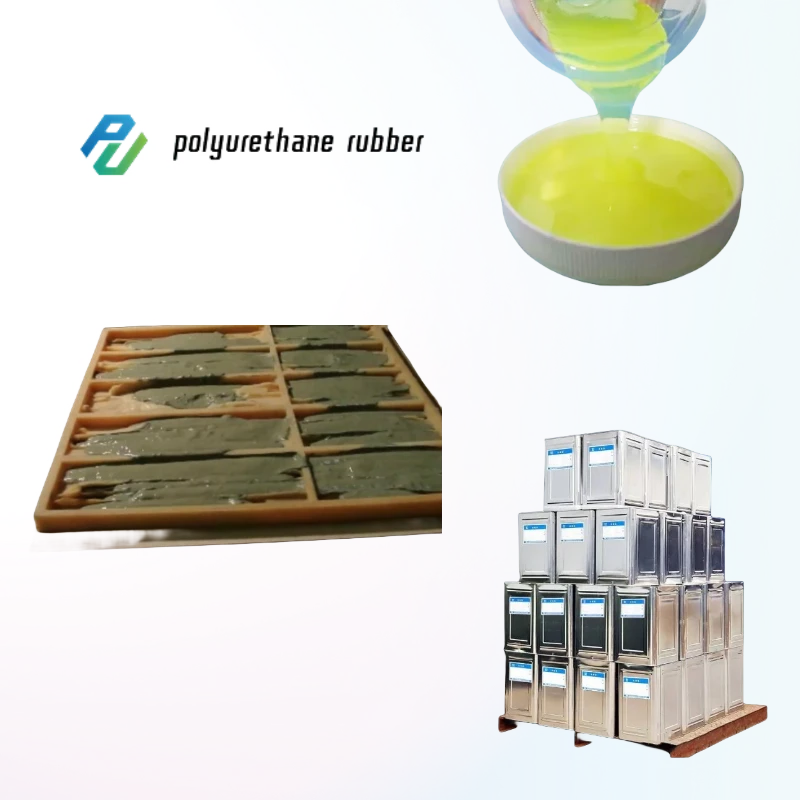Concrete is a versatile and durable material, often used for constructing driveways, patios, and foundations. However, when an existing concrete surface shows signs of wear or damage, homeowners might wonder if they can simply pour a new layer of concrete over the old one. While it might seem like a straightforward solution, there are several factors to consider.
1. Bonding Challenges
One of the primary concerns with pouring new concrete over old is the issue of bonding. Freshly poured wet concrete does not naturally bond to dry concrete without an additional bonding agent. Without proper bonding, the two layers can separate over time, leading to structural instability.
2. Underlying Issues
If the existing concrete has cracks or other signs of damage, pouring new concrete over it is akin to putting a band-aid on a wound. The underlying issues, such as soil settling or tree root intrusion, will still exist. Over time, these problems can cause the new layer of concrete to crack or become uneven.
3. Height and Weight Concerns
Adding a new layer of concrete will inevitably increase the height of the surface. This can create tripping hazards, especially at the edges where the new layer meets the old. Additionally, the added weight of the new concrete can exert pressure on the old slab, potentially leading to further sinking or cracking.

4. Surface Preparation
For the new concrete to adhere properly to the old, the existing surface must be thoroughly cleaned and prepared. This involves removing any dirt, debris, and loose particles. Additionally, a bonding agent or a layer of sand or gravel might be required to enhance adhesion.
5. Resurfacing vs. Pouring
An alternative to pouring a thick layer of concrete over the old is resurfacing. This involves applying a thin layer of concrete or a concrete overlay to the existing surface. Resurfacing can address minor imperfections and give the concrete a fresh appearance without the challenges associated with pouring a thick layer.
6. Cost Implications
While pouring concrete over existing concrete might seem cost-effective in the short term, it can lead to additional expenses in the long run. If the two layers fail to bond or if underlying issues are not addressed, homeowners might find themselves facing repair or replacement costs sooner than anticipated.
7. Conclusion
While it is technically possible to pour concrete over existing concrete, it’s essential to weigh the pros and cons. In many cases, it might be more prudent to address the root causes of the concrete’s deterioration and opt for a complete replacement or resurfacing. Before making a decision, homeowners should consult with concrete professionals to assess the best course of action for their specific situation. The best you’d better choose a high-performance cost mold making material like polyurethane mold rubber, which has durable resistance and low shrinkage are the best for concrete molding.


